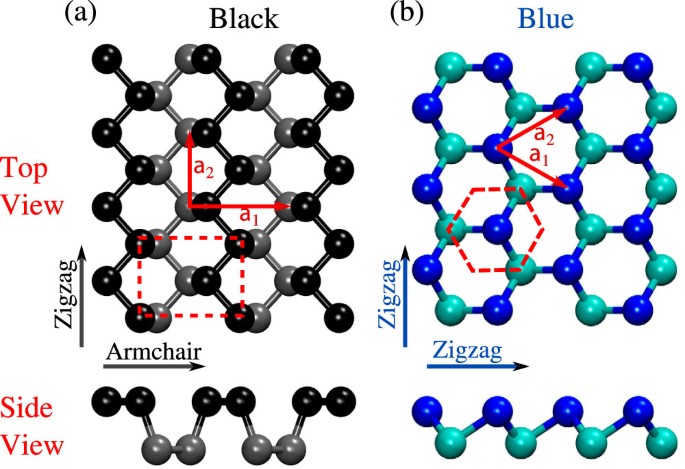

However, its ratio increases from 120 to 240 when the right semiconducting one varies from 2H-Z αBNR to N-Z αBNR. Specifically, the rectification ratio of the junction is almost unchanged when its left metallic ribbon changes from ZBNR to 1H-Z αBNR. Using the first-principles calculations combined with the nonequilibrium Green’s function, we observe that the rectifying performance depends strongly on the atomic structural details of a junction. Each type consists of two zigzag-edge α-borophene nanoribbons (Z αBNR), one is metallic with unpassivated or passivated edges by a hydrogen atom (1H-Z αBNR) and the other is semiconducting with the edge passivated by two hydrogen atoms (2H-Z αBNR) or a single nitrogen atom (N-Z αBNR). We respectively consider three types of heterojunctions. The rich and special phonon physics in 2D materials make them promising candidates for exploring novel phenomena such as topological phonon effects and applications such as phononic quantum devices.We propose a planar model heterojunction based on α-borophene nanoribbons and study its electronic transport properties. This Colloquium concludes with a discussion of the challenges in theoretical and experimental studies of thermal transport in 2D materials. Intercalation affects both the group velocities and phonon relaxation times of layered crystals and thus tunes the thermal conductivity along both the through-plane and basal-plane directions. The effects of geometry such as the number of layers and the nanoribbon width, together with the presence of defects, mechanical strain, and substrate interactions on the thermal properties of 2D materials are discussed. A comparison is made of the phonon properties, contrasting idealized 2D crystals, realistic 2D crystals, and 3D crystals, and synthesizing this to develop a physical picture of how the sample size of 2D materials affects their thermal conductivity. In this Colloquium, a summary and comparison are given of the phonon properties, such as phonon dispersion and relaxation time, of pristine 2D materials with single-layer graphene to understand the role of crystal structure and dimension on thermal conductivity. Following the emergence of many novel two-dimensional (2D) materials beyond graphene, interest has grown in exploring implications for fundamental physics and practical applications ranging from electronics, photonics, and phononics to thermal management and energy storage.


 0 kommentar(er)
0 kommentar(er)
